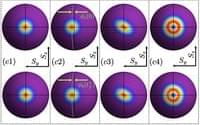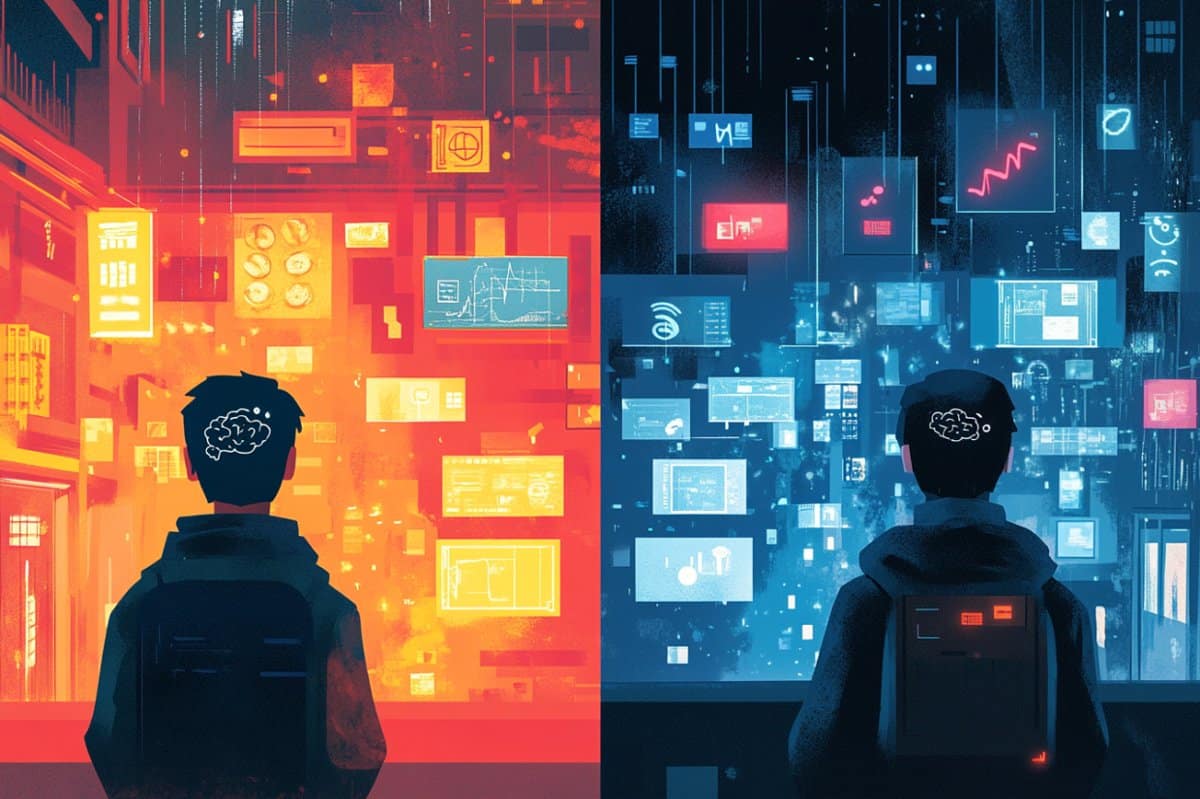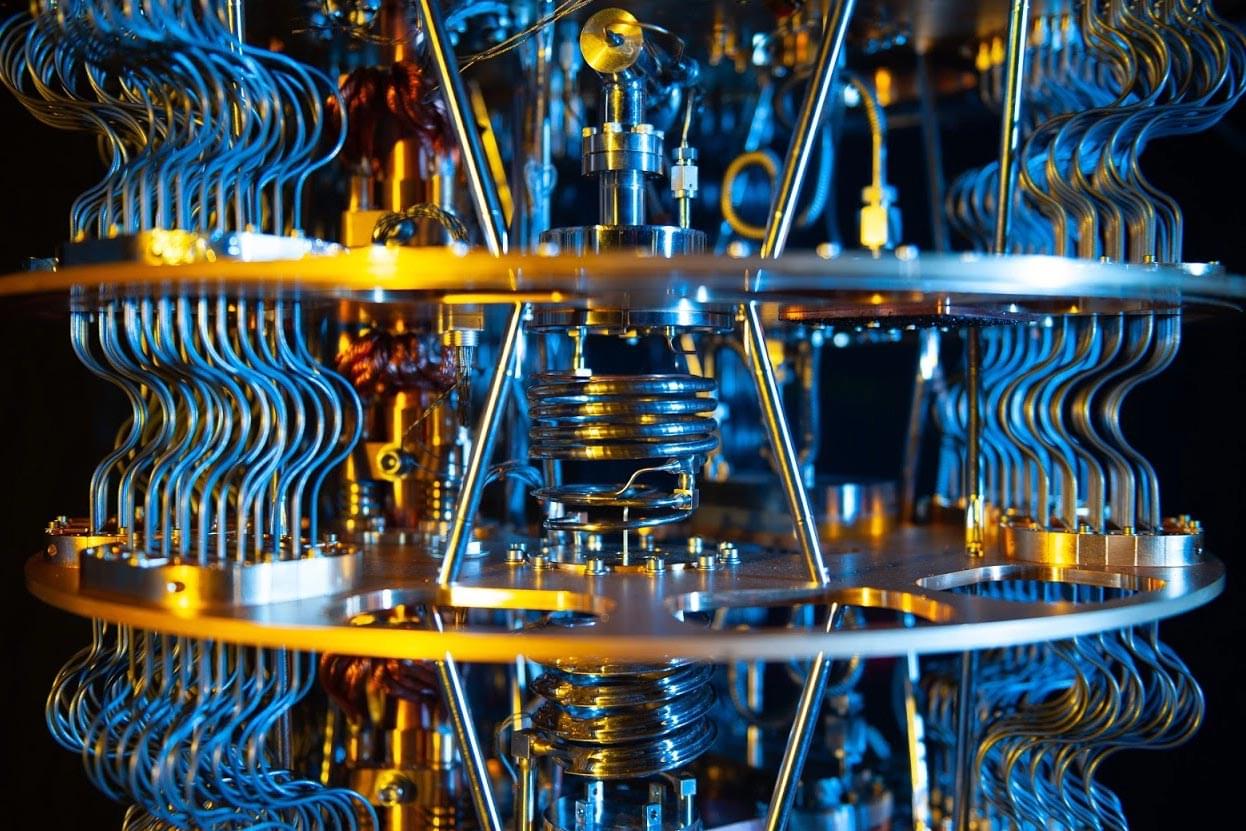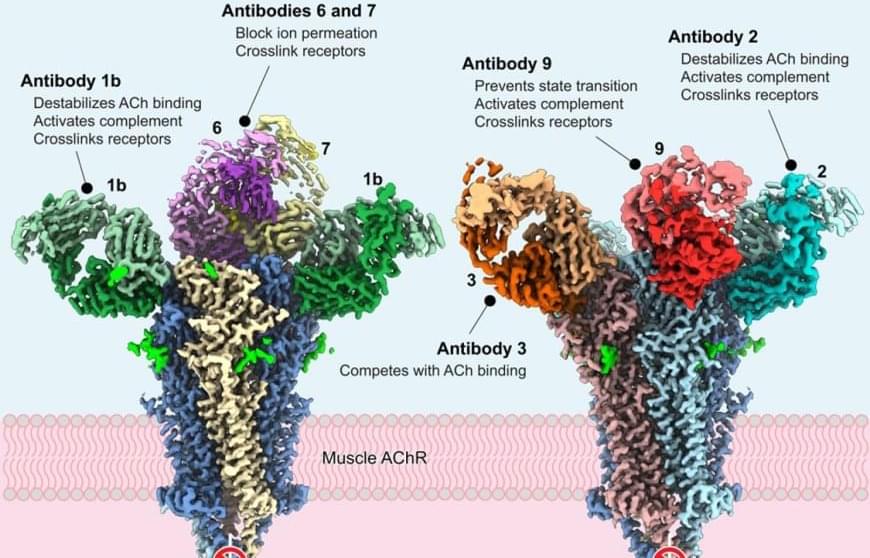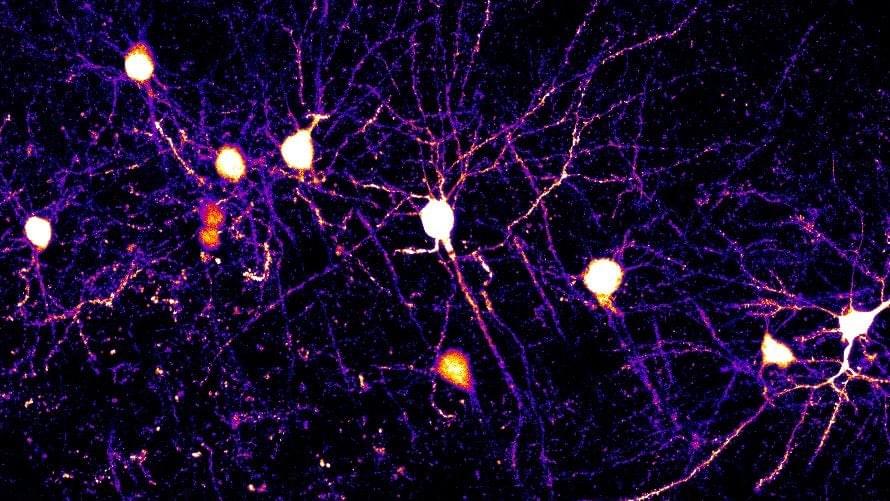A proposed protocol allows for the teleportation of collective spin-coherent states, as well as entangled spin-squeezed and Dicke states, between nuclear spin degrees of freedom in a two-dimensional trapped-ion crystal. Beyond teleportation, generalizations of the protocol could be used for retroactive squeezing generation and enhanced displacement sensing in a Penning trap, as well as in other systems featuring collective spin-spin interactions within synthetic dimensions or spatially separated arrays.
Our brains can adapt to filter out repeated distractions, according to a new EEG study.
Tuberculosis (TB) is an infectious disease that kills more than a million people worldwide every year. The pathogen that causes the disease, Mycobacterium tuberculosis, is deadly in part because of its complex outer envelope, which helps it evade immune responses of infected hosts.
In an ACS Infectious Diseases paper, researchers developed a chemical probe to study a key component of this envelope. Their results provide a step toward finding new ways of inactivating the bacterium.
Because curing TB requires taking drugs for months, which can result in TB resistance to some antibiotics, scientists are working to develop new treatments. One possible target is the bacterium’s outermost layer, called the mycomembrane, which protects the bacteria from stressors. When M. tuberculosis is attacked by a host’s macrophage immune cells, the mycomembrane produces compounds that suppress the infected host’s immune response.
Researchers have achieved a major leap in quantum computing by simulating Google’s 53-qubit Sycamore circuit using over 1,400 GPUs and groundbreaking algorithmic techniques. Their efficient tensor network methods and clever “top-k” sampling approach drastically reduce the memory and computational
AI is unlocking the secrets of the Nazca Lines, revealing 303 new geoglyphs in just six months and reshaping the future of archaeology.
People who suffer from the autoimmune disease myasthenia gravis experience muscle weakness that can affect any of the muscles we use to blink, smile or even move our body around.
Researchers have known that the disease is caused by miscommunication between nerves and muscles. The body’s immune system mistakenly produces “autoantibodies,” or antibodies that attack its own tissues and proteins. In the case of myasthenia gravis, the body produces autoantibodies that target acetylcholine receptors (AChRs), which are essential triggers for normal muscle contraction functions.
Medications prescribed to boost acetylcholine and suppress the immune system have varying levels of success, leading researchers to believe that myasthenia gravis may be caused by varying underlying mechanisms for different people.
Questions to inspire discussion.
🚕 Q: What’s the expected price range for Tesla’s upcoming Robo Taxi? A: Tesla’s Robo Taxi will enter a new price tier under $30,000, significantly increasing sales and profitability due to its lower hardware cost structure.
Tesla’s Expansion in China.
🇨🇳 Q: How is Tesla expanding its Full Self-Driving (FSD) in China? A: Tesla is offering a 30-day free trial of FSD in China, with new software version 13.2.8 for both Hardware 3 and 4, likely rolling out between end of April and early May.
🤝 Q: Why is Tesla’s relationship with China important? A: Tesla’s good relationship with China, established 5 years ago without a joint venture, is crucial for success as China benefits from learning Tesla’s FSD perspective and benchmarking against their own vehicles.
💰 Q: How will tariffs affect low-priced vehicles in the US? A: 25% tariffs on imported vehicles will apply to nearly 80% of vehicles priced under $30,000, impacting popular models like Civic and Corolla.
! Elon Musk seems to think that the Tesla Bot will take over many of the boring, repetitive, and dangerous jobs that are fundamental to our economy. Elon believes the Tesla Bot will eventually take over the Tesla vehicles as the company’s primary source of revenue…
A new study suggests that the cables connecting neurons act like independent “mini-computers” to store different types of information.
We hadn’t seen this cute critter in almost two centuries and believed it was extinct, until a lone baby randomly showed up.
